What are the Elements of the Universe?
We explain that what are the Elements of the Universe? The elements of the universe were formed, according to cosmologists, during the Big Bang , approximately 13.8 billion years ago. The universe is made up of all the things that can be perceived with the senses, measured or detected.
It includes living things, planets, stars, galaxies, dust clouds, light, and even time. Before the Universe, time, space and matter did not exist. elements of the universe
The universe contains billions of galaxies, each made up of millions or billions of stars. The space between stars and galaxies is mostly empty.
Despite this, even the furthest places from stars and planets contain dust particles or hydrogen atoms. Space also contains radiation (light and heat), magnetic fields, and high-energy particles (cosmic rays).elements of the universe
Main elements of the universe
1- Stars

Stars are born, grow and die. They are born in nebulae, huge and cold clouds of gas and dust. The most famous is the Orion Nebula, which can be seen with the naked eye from Earth.
Billions of years after its birth, a medium-sized star like the Sun reaches the end of its life. It expands and collapses forming a white dwarf, a very dense matter that the star becomes when it dies.
This will happen to the Sun in 5 billion years.
2- Galaxies
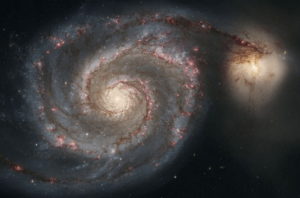
Almost all stars belong to a larger group called the Galaxy. The sun is one of at least 100 trillion stars in the Milky Way.
Galaxies come in different shapes and sizes. Some look like spirals, others are elliptical, and there are also some that are not specifically shaped or irregular. Almost all galaxies have a high-mass black hole at the center.
3- Constellations
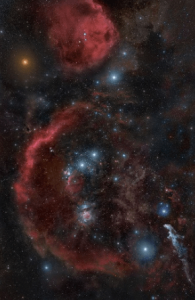
They are the groups of stars that form a recognizable shape associated with a usually mythological name. The purpose of the constellations is to help recognize the groups of stars that are seen from planet Earth at night.
Formerly it was used to recognize the month in which they were for the purpose of knowing the time of sowing, harvesting, etc.
Examples of constellations are Ursa Major, Ursa Minor, Taurus, Orion, and Cassiopeia.
4- Planets elements of the universe
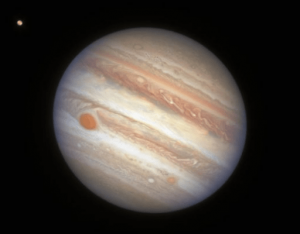
The solar system is made up of the Sun and smaller objects that revolve around it. The most important planets are eight. The closest to the sun are four fairly small rocky planets: Mercury , Venus , Earth, and Mars .
After Mars there is an asteroid belt, a region populated by millions of rocky objects. They are the remains of the formation of the planets 4.5 billion years ago.
Then the four gas giants arrive: Jupiter, Saturn , Uranus, and Neptune . They are much larger than the earth but very light compared to their size. They are made up mainly of hydrogen and helium.
Until recently the farthest known planet was the icy Pluto . But in 2005 another object farther from the Sun was discovered, which they named Eris. elements of the universe
Later it was discovered that there are more than 1000 ice rocks in that sector, but they do not reach the category of “planets”.
5- Comets elements of the universe
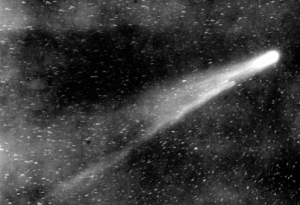
They are small celestial bodies that orbit the Sun. They do so following different paths, but the most common is that they do so elliptically. They are made up mainly of dust, ice and rocks, but also of other elements such as methane, iron, magnesium, sodium or ammonia.
6- Asteroids
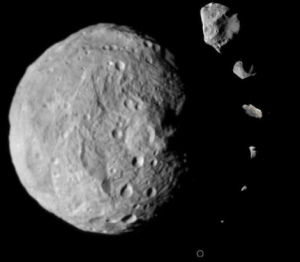
Small and irregularly shaped celestial bodies. Rocky, most orbit around Mars and Jupiter, the planet on which they originated from the collision of larger bodies.
7- Natural satellites elements of the universe
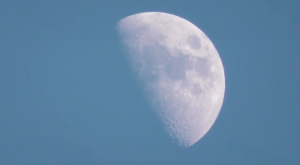
The Moon is the natural satellite of the Earth, while Enceladus is the natural satellite of Saturn and Ganymede of Jupiter. That is, they are celestial bodies that orbit around a planet.
Its function is to stabilize the orbits of the planets so that they always maintain the same direction and thus not freeze or burn due to moving away / getting too close to the Sun.
8- Black holes elements of the universe
They are one of the great mysteries of the Universe. The most consensual definitions by science explain that it is a finite space arisen from cold remains of dead stars.
The highlight is that inside there is a concentration of mass so high as to generate a gravitational field that does not allow any particle to escape.
One Comment